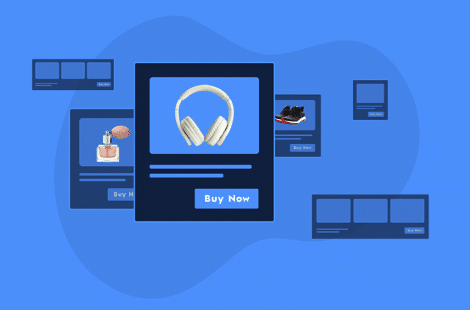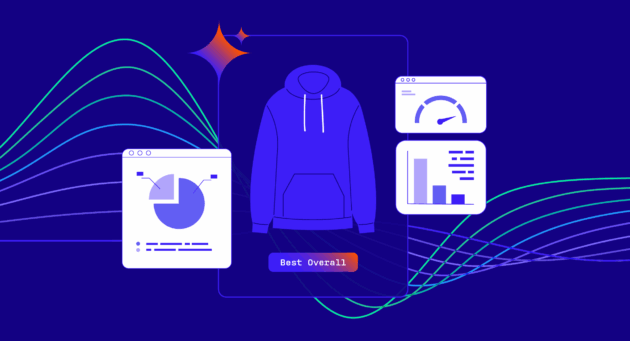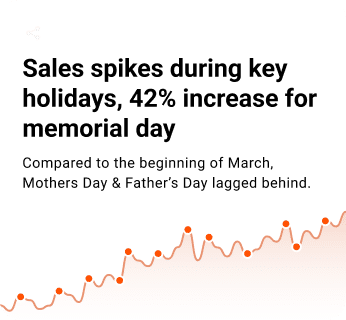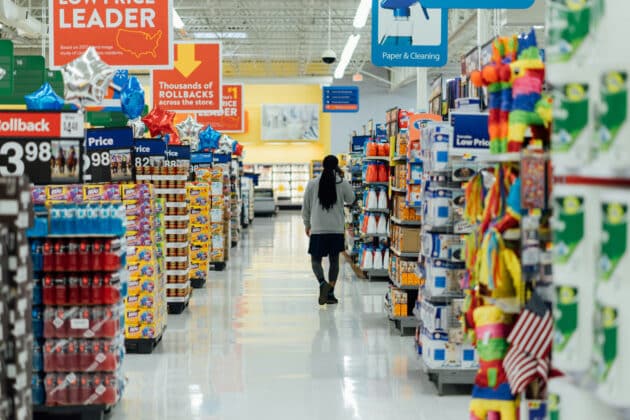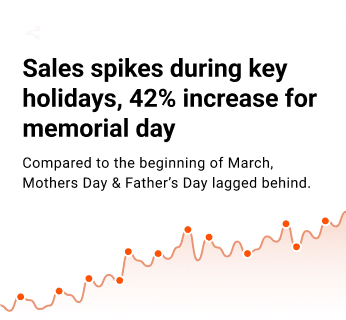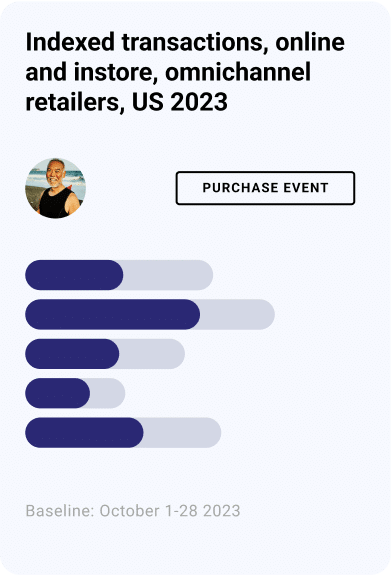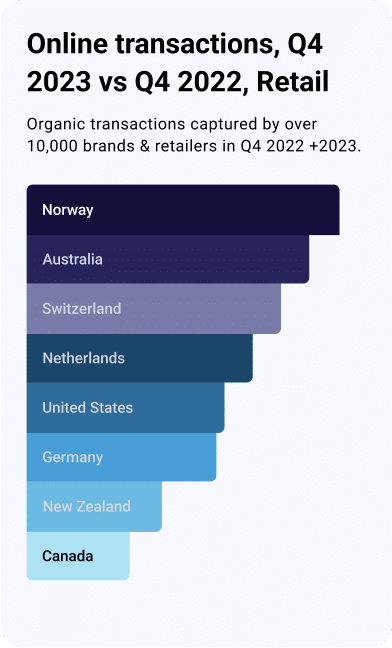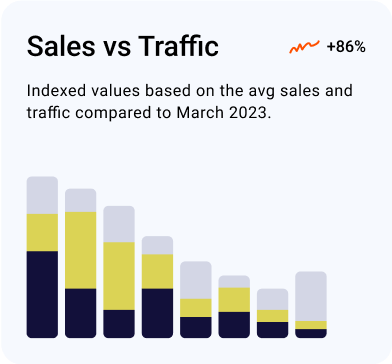With more consumers purchasing online than ever, retail media is experiencing the same acceleration in its momentum. But what, exactly, is retail media? And why is it trending right now?
What is retail media advertising?
Retail media advertising refers to ads placed within retailer’s sites or apps. It allows brands that sell products directly through the retailer, promote their visibility on the “digital shelf,” similar to product placements in physical stores, to influence consumers at the point of purchase. Also retail media advertising works for non-endemic brands looking to reach the retailer’s audience.
The primary goal of retail media is to influence consumers at key points of their purchasing journey, boosting product visibility and driving sales. Major platforms like Amazon, Walmart, and Target are leading the way in this growing form of advertising, allowing brands to engage shoppers right at the digital point of purchase.
Types of Retail Media Ads
Retail advertising can be shown on the home page, category page, search results page, or product detail page to reach consumers at various stages of their journey. Some retail media solutions also enable brands to retarget retailers’ audiences as they browse the open web, referred to as offsite retail media.
- On-site Sponsored Products: These ads appear natively within organic search results but have a “Sponsored” label. They are lower-funnel tactics aimed at capturing attention at the point of purchase to drive conversions. Advertisers choose a product from the retailer catalog to promote, and these sponsored products appear when shoppers use relevant search terms. On-site Sponsored Products do not require creative assets and can appear on various pages within a retailer site, such as search results pages, homepages, and product detail pages.
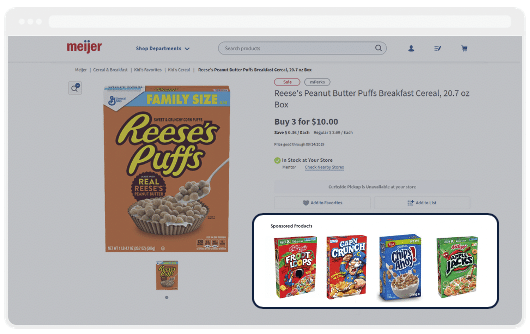
- On-site Display: These ads mimic traditional digital display ads and can appear in high-visibility placements such as homepages, category pages, and product detail pages. They are mid-funnel tactics meant to engage shoppers and encourage product consideration. On-site Display ads use familiar ad formats, providing dynamic and impactful branding opportunities on retailer pages.
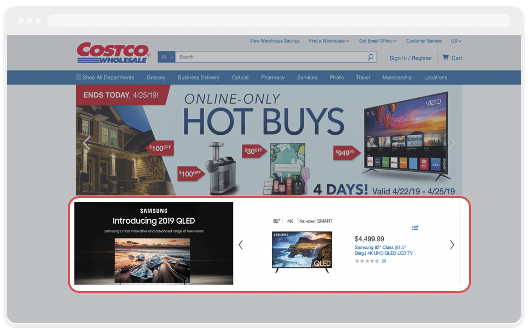
- Off-site Display: These ads target shoppers who have previously visited a retailer’s site but did not make a purchase. Powered by the same retailer data as On-site Sponsored Products and On-site Display, Off-site Display ads are upper-funnel tactics designed to drive awareness and push shoppers to consider the brand’s products. These ads are shown on publisher sites or the open web and aim to bring shoppers back to the retailer’s site to complete their purchase.
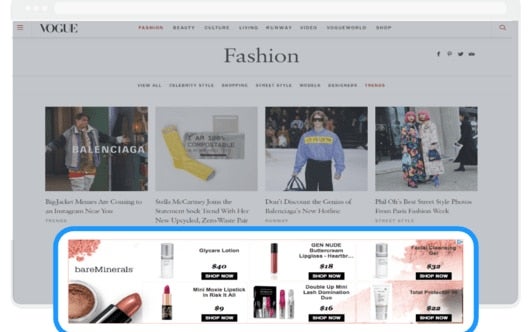
Running a campaign that uses both On-site Sponsored Products and On-site Display can be highly effective. This strategy engages shoppers at different stages of the purchase funnel, from initial awareness to final conversion, fast-tracking the ecommerce strategy and setting up brands for success.
Why is retail media advertising hot right now?
Retail media was already trending for three reasons:
1. Ecommerce is a retail media driver.
Consumers are shifting their purchases from physical stores to ecommerce in increasing numbers. Brands want to make sure they’re where the action is, and reaching high-intent shoppers at the point of sale on the sites and apps of their retail partners.
2. Post-cookies, the need for personalized advertising continues.
For personalized advertising to carry on once third-party cookies are deprecated, advertisers need to rely on first-party data. Retailers have a wealth of this kind of data, including web and app searches, clicks, and transactions. Retailers know who’s browsing and buying which products, when, how often, and across which devices. They also have offline/in-store data that can provide an even richer view of consumers.
3. Retail media ties media spend to sales.
The attribution capabilities of retail media are extremely attractive to brands who are increasingly looking to connect their ad spend directly to sales. Retailers have an abundance of sales data and can provide sales-based insights, enabling brands to link their spend to ecommerce sales down to the individual SKU level. Some retailers are even providing offline sales data, for a more complete view of the customer journey.
Why shift to online retail advertising?
Advertisers are under more pressure than ever to prove the impact of their efforts on the bottom line. At the same time, privacy and industry changes are making it more difficult to effectively engage audiences. Retail media is a strategy that enables them to reach privacy-safe, high-intent audiences today and when third-party cookies are no more. It also provides closed-loop measurement, making it easy for advertisers to tie ad spend to actual sales.
To get started with your own retail media campaign, explore our Commerce Max solution.






